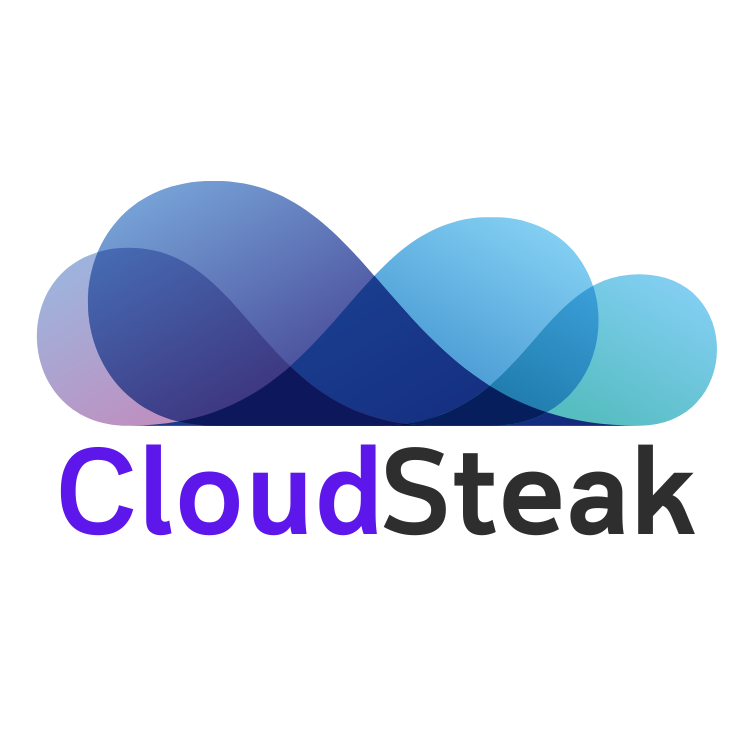Welcome to above the clouds

AWS – Amazon Aurora Serverless v1 now supports PostgreSQL 13
Amazon Aurora Serverless v1 now supports PostgreSQL major version 13. PostgreSQL 13 includes improved functionality and performance from enhancements such as de-duplication of B-tree index entries, improved performance for queries that use partitioned tables, incremental sorting to accelerate data sorts, parallel processing of indexes with the VACUUM command, more ways to monitor activity within a […]

GCP – Announcing Cloud Storage FUSE and GKE CSI driver for AI/ML workloads
More and more organizations are running data applications on Google Kubernetes Engine (GKE), as evidenced by the number of Kubernetes clusters running stateful applications on GKE, which has been growing exponentially since 2019, doubling every year on average. And with the rise of both AI/ML workloads and data on Kubernetes, customers are looking for more […]

AWS – AWS Compute Optimizer identifies and filters Microsoft SQL Server workloads
AWS Compute Optimizer now supports inferred workload type filtering on Amazon EC2 instance recommendations. The inferred workload type feature utilizes Machine Learning and automatically detects the applications that might be running on your AWS resources. By leveraging the inferred workload type filter, customers can easily pinpoint cost-saving opportunities based on the specific workload running on […]

AWS – AWS IoT Core announces TLS 1.3 support through Configurable Endpoints
AWS IoT Core, a managed cloud service that lets customers securely connect Internet of Things (IoT) devices the cloud and manage them at scale, announces support for Transport Layer Security (TLS) 1.3 through Configurable Endpoints. TLS 1.3 provides two major improvements in security and performance – it removes legacy features and older cipher suites in […]

AWS – Amazon Redshift launches ra3.xlplus instances in additional Middle East, Europe and Asia Pacific Regions
Amazon Redshift ra3.xlplus instances are now available in the Middle East (UAE), Europe (Spain), Europe (Zurich), Asia Pacific (Hyderabad) and Asia Pacific (Jakarta) Regions. Amazon Redshift ra3 instances with Redshift Managed Storage (RMS) allow you to scale and pay for compute and storage independently for fast query performance and to optimize costs. It also enables […]

AWS – Amazon GuardDuty Malware Protection adds on-demand scanning
Amazon GuardDuty Malware Protection adds a new capability that allows customers to initiate on-demand malware scans of Amazon Elastic Compute Cloud (Amazon EC2) instances, including instances used to host container workloads. Scans can be initiated using the GuardDuty console, or programmatically via the API, without the need to deploy security software and are designed to […]

AWS – AWS SimSpace Weaver Snapshots are now generally available
Today, we are excited to announce AWS SimSpace Weaver Snapshots, a new feature that allows SimSpace Weaver developers to save the state of their simulations at a specific point in time. Read More for the details.

GCP – Framing up FinOps: All about Google Cloud billing tools
If you didn’t catch or you need a refresher from our most recent Framing Up FinOps podcast, you’re in luck! In this blogpost, we recap highlights from our episode on Google Cloud billing tools and spotlight 10 FAQs. Read on for resources to help you better understand Cloud Billing. You can gain visibility into what’s […]

GCP – Unleash your Google Cloud data with ThoughtSpot, Looker, and BigQuery
Today’s businesses have to deliver innovation and operational improvements at high velocity — finding new ways to delight customers while paying close attention to efficient revenue growth. This goal translates to leveraging data and analytics in every part of their value chain, be it within the product they build and sell, supply chain, customer support, […]

GCP – Effingo: the internal Google copy service moving data at scale
Every hour of every day, Google moves a lot of data around the world. But how? With the Effingo (Latin for ‘to duplicate’ or ‘copy’) data copying service, a Google-only service that moves data internally and on Google Cloud customers’ behalf. As a Google Cloud customer perhaps you move data with Storage Transfer Service, a […]
